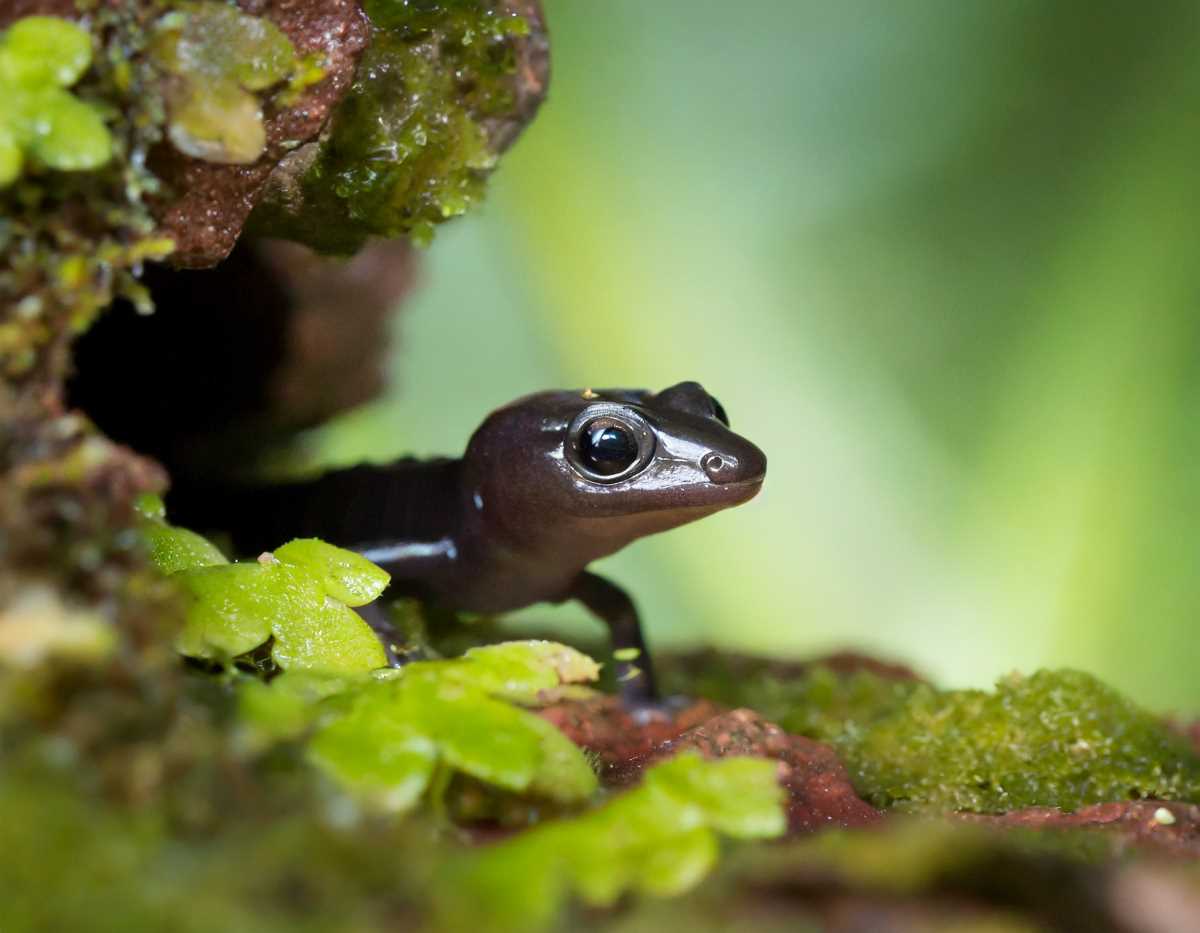Save the Frogs! A Mexican Amphibian Crisis
Mexico's amphibians are in hot water with over 50% at risk of extinction. Habitat changes and a deadly fungus are to blame. Frog enthusiast Gabriela Parra Olea and her team at UNAM are working hard to save these slimy wonders. Conservation and community involvement are their secret weapons.

Today, we're diving into a world that's often overlooked but incredibly important. We're talking about frogs, toads, and salamanders – the amphibians of Mexico, who are facing a crisis of epic proportions. What's the buzz? Well, more than 50 percent of these remarkable creatures are at risk or teetering on the brink of extinction. Yep, that's right, they're in big trouble.
Meet Gabriela Parra Olea, a real-life frog-loving superhero from UNAM's Institute of Biology. She's part of a global dream team of over 100 experts who recently conducted an international study that's making waves. These remarkable folks reviewed a whopping 8,11,000 amphibians – and no, that's not a typo – to better understand their plight.




